On the question of the color yellow....
woodyoak zone 5 southern Ont., Canada
10 years ago
Related Stories
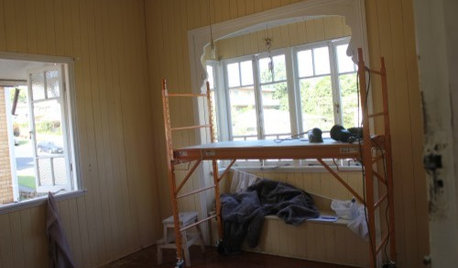

FEEL-GOOD HOMEThe Question That Can Make You Love Your Home More
Change your relationship with your house for the better by focusing on the answer to something designers often ask
Full Story
LIGHTING5 Questions to Ask for the Best Room Lighting
Get your overhead, task and accent lighting right for decorative beauty, less eyestrain and a focus exactly where you want
Full Story
ORGANIZINGPre-Storage Checklist: 10 Questions to Ask Yourself Before You Store
Wait, stop. Do you really need to keep that item you’re about to put into storage?
Full Story
REMODELING GUIDES9 Hard Questions to Ask When Shopping for Stone
Learn all about stone sizes, cracks, color issues and more so problems don't chip away at your design happiness later
Full Story
GARDENING GUIDESNo-Regret Plants: 5 Questions Smart Shoppers Ask
Quit wasting money and time at the garden center. This checklist will ensure that the plants you're eyeing will stick around in your yard
Full Story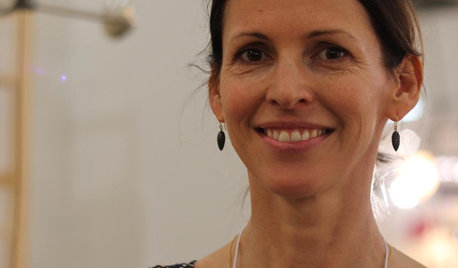
TASTEMAKERS5 Questions From ICFF: Lindsey Adelman
The inventive designer takes a break from New York's International Contemporary Furniture Fair to talk about her artistic lighting fixtures
Full Story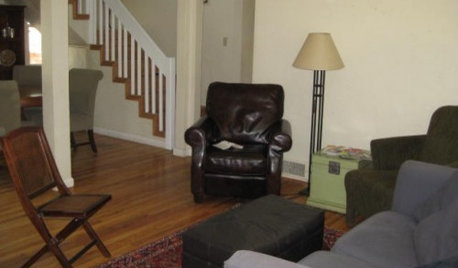
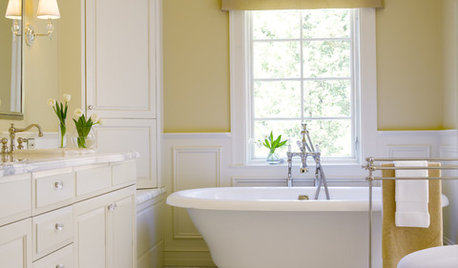
COLORBathed in Color: Favorite Yellows and Golds for the Bath
Get a golden glow for your bathroom with these expert paint picks and ideas for yellow walls
Full StoryMore Discussions






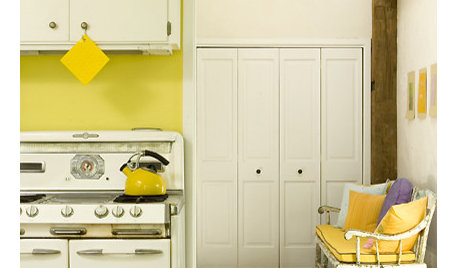
funnthsun z7A - Southern VA
funnthsun z7A - Southern VA
Related Professionals
West Milford Landscape Architects & Landscape Designers · Citrus Heights Landscape Architects & Landscape Designers · Fort Lee Landscape Architects & Landscape Designers · Ilchester Landscape Architects & Landscape Designers · Stamford Landscape Contractors · Bellefontaine Neighbors Landscape Contractors · Holtsville Landscape Contractors · Lewisville Landscape Contractors · New Providence Landscape Contractors · North Richland Hills Landscape Contractors · Post Falls Landscape Contractors · Soddy Daisy Landscape Contractors · Whittier Landscape Contractors · Wickliffe Landscape Contractors · Selma Landscape Contractorssunnyborders
kidhorn
geoforce
linnea56 (zone 5b Chicago)
Adella Bedella
Adella Bedella
sunnyborders
TexasRanger10
sunnyborders
woodyoak zone 5 southern Ont., CanadaOriginal Author
TexasRanger10
katob Z6ish, NE Pa
katob Z6ish, NE Pa
wantonamara Z8 CenTex
wantonamara Z8 CenTex
TexasRanger10
sunnyborders
TexasRanger10
woodyoak zone 5 southern Ont., CanadaOriginal Author
jane__ny
jane__ny
TexasRanger10
jane__ny
jane__ny
TexasRanger10
katob Z6ish, NE Pa
diggerdee zone 6 CT
woodyoak zone 5 southern Ont., CanadaOriginal Author
TexasRanger10
paul_
TexasRanger10
TexasRanger10
sunnyborders
monarda_gw
gardenfullofswallowtails
pam_whitbyon
diggerdee zone 6 CT
pam_whitbyon
TexasRanger10
wantonamara Z8 CenTex
TexasRanger10
wantonamara Z8 CenTex
daisyincrete Z10? 905feet/275 metres
diggerdee zone 6 CT
Freda
daisyincrete Z10? 905feet/275 metres
TexasRanger10
sunnyborders